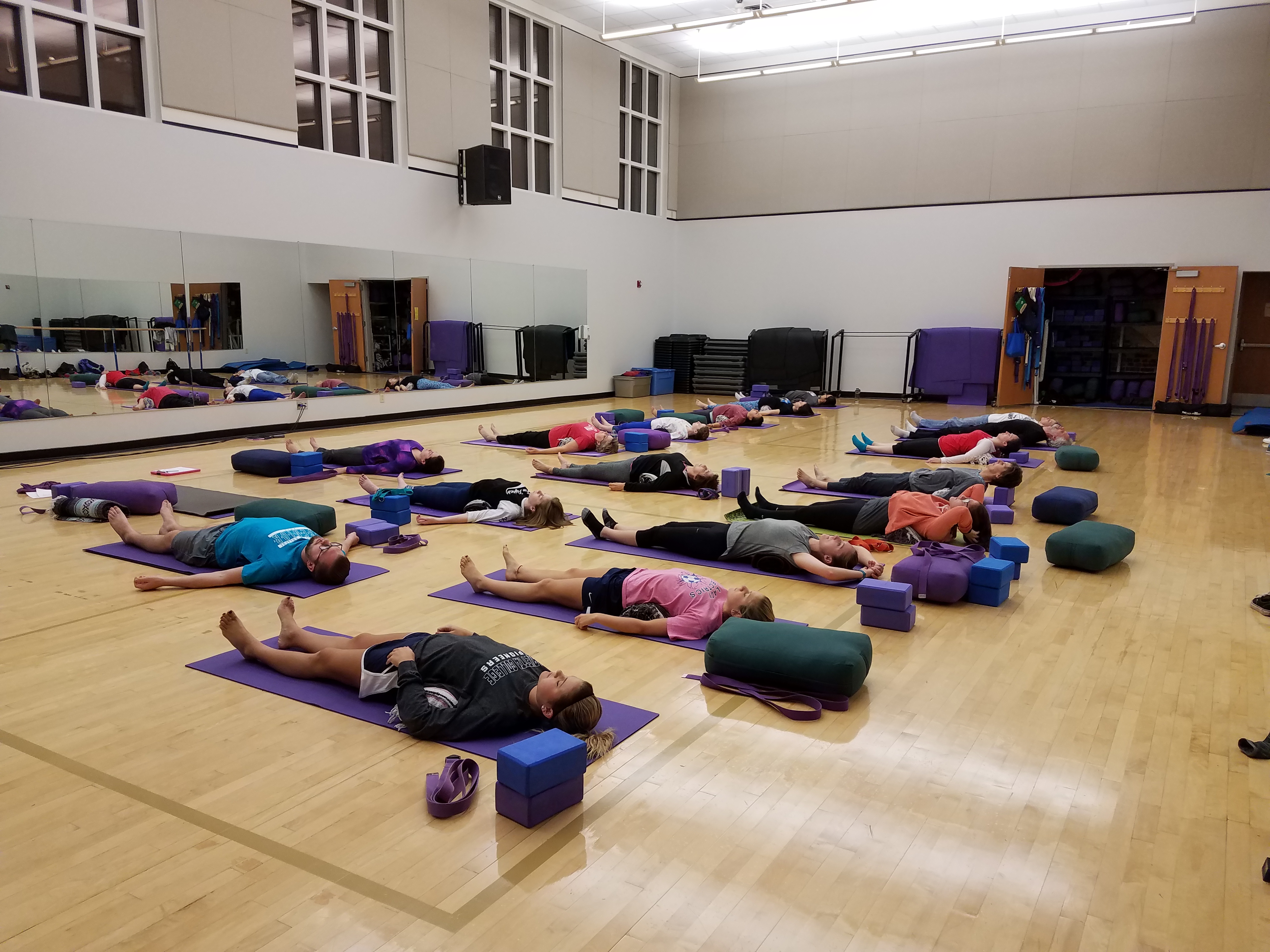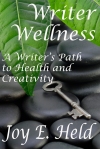 A Liquid Mind Can Be Messy
A Liquid Mind Can Be Messy
A singular goal of meditation is to learn acceptance and therefore patience. If we accept the truth of ourselves and decide to live that authenticity in our daily activities, we will surely become more aware of our inadequacies. By the same token, we notice these weaknesses in other people. “We are only human,” (and flawed ones at that) becomes an overused excuse for not wanting to make the effort to be better, to change.
If meditation practice brings us face to face with our true natures, then why would we want to do it? Because knowing the reality of who we are releases us from the burden of trying to be something and someone we aren’t. It’s a very liberating feeling to make choices from a strong and energetic place of, “This is who I am, and this decision comes from that source, the me-energy I am.”

How can a few minutes of sitting motionless and without dwelling on thinking bring us to a place of fully understanding our true natures? These moments are the only ones in the day when we are free from having to meet anyone else’s expectations. Our lives are all built upon living up to the demands, requests, promises, and instructions given to us by other people. They are perfectly within their rights to offer these requests.
Our personal stress comes from trying to meet obligations put upon us that do not match what we believe about who we are and what we’re capable of. It’s stressful to be inside this pressure yet it’s how everyone’s life is lived in contemporary society. There are rules, boundaries, expectations, precautions, and on and on that define how we live. These demands do not have to define who we live our lives as.
Meditation allows us to discover and stay connected to our authentic selves and later it gives us the strength to accept and appreciate ourselves and others regardless of flaws. Because we learn in meditation to accept and appreciate our true natures, we are better equipped to offer the same considerations to other people. But we’re only human.

I call this having a liquid mind because during meditation I am soft and flowing physically, mentally, and emotionally and the feeling is like warm water all around and through me. After taking a deep cleansing breath, opening my eyes, and getting up from the meditation cushion, I notice this liquid feeling, and I make a point to say to myself, “I will do my best to carry this warm, juicy feeling into my experiences today.”
Sometimes it is easy. Sometimes it is messy. Like a coffee cup filled beyond the brim, hot feelings can overflow and burn me when I encounter people with agendas, misconceptions, and fears.

I’m only human, a flawed one at that, but I try to pause before I respond to the burning liquid being thrown my way. I try, but sometimes, because I’m only human, my true self says, “You need to clean that up, honey. I left my maid uniform at home.” And I go back to the cushion seeking more practice at patience and acceptance.
Is meditation helping you cope with something or someone in a better way?
Be well, write well.
~hugs,
Joy









